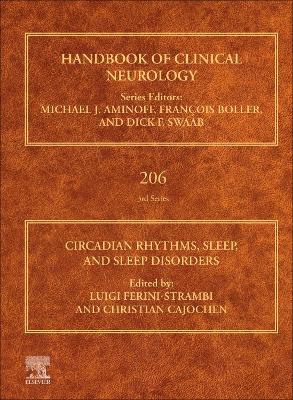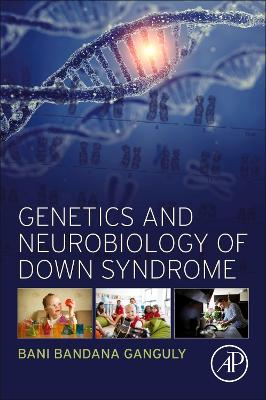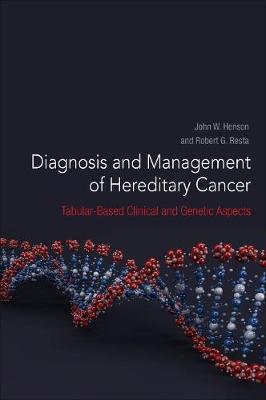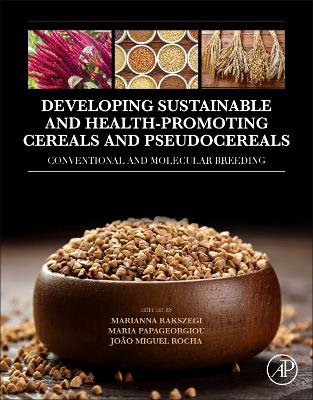Misfolding of Amyloid-beta and tau in Alzheimer's and Other Neurodegenerative Diseases
 -10%
portes grátis
-10%
portes grátis
Misfolding of Amyloid-beta and tau in Alzheimer's and Other Neurodegenerative Diseases
Serpell, Louise
Elsevier Science & Technology
01/2025
300
Dura
Inglês
9780323992688
15 a 20 dias
Descrição não disponível.
1. Historical perspective: introduction to the discovery of pathological proteins deposited in Alzheimer's disease
2. Genetics of Alzheimer's disease and the generation of Amyloid beta
3. Genetics of tauopathies
4. Self-assembly of Amyloid-beta and tau (Kinetics, conformational change, role of sequence, mutations)
5. Structure of amyloid fibrils formed by Amyloid-beta and tau: latest perspectives from CryoEM and what has led up to its contribution
6. The role of amyloid beta and tau in disease: how might oligomers and fibrils affect neuronal health and physiological health in humans
7. Therapeutics that target amyloid beta and tau generation and aggregation
8. Diagnostics: using the deposition and conformational status of Amyloid beta and tau for diagnosis (MRI; CSF analysis and Prion seeding assays)
9. Interaction: how do Amyloid beta and tau influence one another?
10. Other proteins: the contribution of ApoE genotype to amyloid and tau aggregation and clearance
11. Other proteins: The role of chaperone system in disease: proteostasis and disease
12. Future perspectives: what the future holds and where will research go next?
2. Genetics of Alzheimer's disease and the generation of Amyloid beta
3. Genetics of tauopathies
4. Self-assembly of Amyloid-beta and tau (Kinetics, conformational change, role of sequence, mutations)
5. Structure of amyloid fibrils formed by Amyloid-beta and tau: latest perspectives from CryoEM and what has led up to its contribution
6. The role of amyloid beta and tau in disease: how might oligomers and fibrils affect neuronal health and physiological health in humans
7. Therapeutics that target amyloid beta and tau generation and aggregation
8. Diagnostics: using the deposition and conformational status of Amyloid beta and tau for diagnosis (MRI; CSF analysis and Prion seeding assays)
9. Interaction: how do Amyloid beta and tau influence one another?
10. Other proteins: the contribution of ApoE genotype to amyloid and tau aggregation and clearance
11. Other proteins: The role of chaperone system in disease: proteostasis and disease
12. Future perspectives: what the future holds and where will research go next?
Este título pertence ao(s) assunto(s) indicados(s). Para ver outros títulos clique no assunto desejado.
Aggregation; Amyloid; Cross-beta; fibre; plaque; neurofibrillary tangles; frontotemporal dementia
1. Historical perspective: introduction to the discovery of pathological proteins deposited in Alzheimer's disease
2. Genetics of Alzheimer's disease and the generation of Amyloid beta
3. Genetics of tauopathies
4. Self-assembly of Amyloid-beta and tau (Kinetics, conformational change, role of sequence, mutations)
5. Structure of amyloid fibrils formed by Amyloid-beta and tau: latest perspectives from CryoEM and what has led up to its contribution
6. The role of amyloid beta and tau in disease: how might oligomers and fibrils affect neuronal health and physiological health in humans
7. Therapeutics that target amyloid beta and tau generation and aggregation
8. Diagnostics: using the deposition and conformational status of Amyloid beta and tau for diagnosis (MRI; CSF analysis and Prion seeding assays)
9. Interaction: how do Amyloid beta and tau influence one another?
10. Other proteins: the contribution of ApoE genotype to amyloid and tau aggregation and clearance
11. Other proteins: The role of chaperone system in disease: proteostasis and disease
12. Future perspectives: what the future holds and where will research go next?
2. Genetics of Alzheimer's disease and the generation of Amyloid beta
3. Genetics of tauopathies
4. Self-assembly of Amyloid-beta and tau (Kinetics, conformational change, role of sequence, mutations)
5. Structure of amyloid fibrils formed by Amyloid-beta and tau: latest perspectives from CryoEM and what has led up to its contribution
6. The role of amyloid beta and tau in disease: how might oligomers and fibrils affect neuronal health and physiological health in humans
7. Therapeutics that target amyloid beta and tau generation and aggregation
8. Diagnostics: using the deposition and conformational status of Amyloid beta and tau for diagnosis (MRI; CSF analysis and Prion seeding assays)
9. Interaction: how do Amyloid beta and tau influence one another?
10. Other proteins: the contribution of ApoE genotype to amyloid and tau aggregation and clearance
11. Other proteins: The role of chaperone system in disease: proteostasis and disease
12. Future perspectives: what the future holds and where will research go next?
Este título pertence ao(s) assunto(s) indicados(s). Para ver outros títulos clique no assunto desejado.







